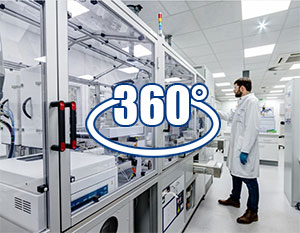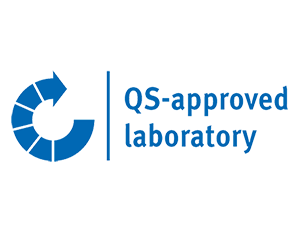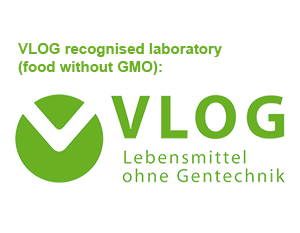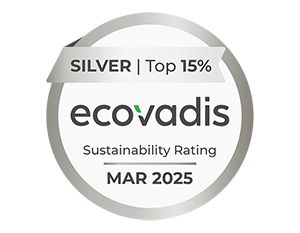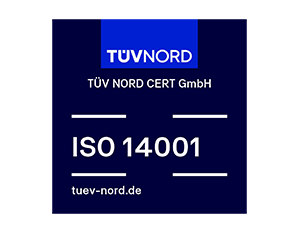Mycotoxins and plant toxins
Mycotoxins are secondary metabolites of moulds, which already have toxic effects on vertebrates in the smallest quantities. Depending on specific substances and concentration, they are cancerogenic, mutagenic, teratogenic and immunosuppressive. We offer the examination of a large number of mycotoxins in a great variety of food and feed.

